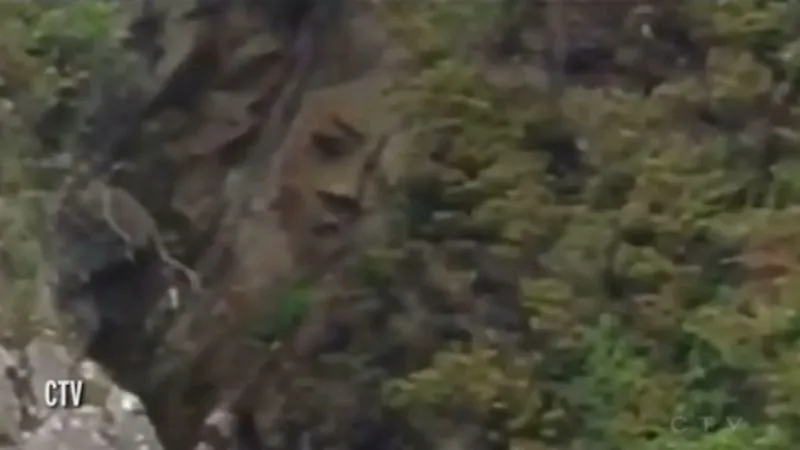Bisnis.com, JAKARTA – Astronomers have discovered a mysterious planet the size of Jupiter.
The gas giant planet, known as 8 Ursae Minoris b or Halla, is located about 520 light-years from Earth.
Supposedly, the planet was destroyed after its parent star, Baekdu, grew thousands of times larger and engulfed the planets in its orbit.
Their findings are published in the journal Nature on June 28, 2023.
Daniel Huber, co-author from the Sydney Institute of Astronomy in Australia, said that in general, planets close to their parent star will be destroyed when the star grows bigger and devours the planet. However, that doesn’t seem to be the case.
“When we realized Halla had managed to survive around her giant star, it was a complete surprise,” he said. Live Science, Monday (3/7/2023)
The study added that when Baekdu runs out of hydrogen, the star will grow significantly, even reaching 1.5 times the orbital distance of Halla.
For the record, Korean astronomers first discovered Halla in 2015 using the radial velocity method, to search for signs of hidden planets through the motion of distant stars.
However, Halla is a mystery because it orbits the star Baekdu, which has a radius nearly 11 times that of the Sun and a mass 1.6 times that of our star, which has transformed into a red giant.
For most of their lives, stars burn by fusing hydrogen atoms into helium.
After running out of hydrogen, stars begin to incorporate helium, increasing in size to thousands of times their original size.
As these stars grow, they engulf planets in their orbits and transform into massive red giant stars.
To ensure that Halla is one of Baekdu’s original planets and not another planet trapped in it, researchers conducted observations using the Keck Observatory and the Canada-France-Hawaii Telescope in 2021 and 2022. .
Observations confirmed Halla’s 93-day orbit, which has been stable for more than a decade.
Nevertheless, astronomers consider it nearly impossible for Halla to make contact with its star, as it is about half as far from the planet as the Sun.
“We don’t think Halla can survive being absorbed by an expanding red giant star,” Huber said.
Instead, the researchers offered two possible explanations for why Halla survived, even though Baekdu had turned into a red giant.
The first possibility is that Halla was born and formed after Baekdu became a red giant.
The second possibility is that Baekdu was previously one of two stars in a binary system that later merged, preventing the two from growing enough to engulf Halla.
An analogy used by one of the authors, Tim Bedding, this system is similar to the famous fictional planet, Tatooine from Star Wars, orbiting two suns.
Check out other news and articles on Google News

“Travel nerd. Social media evangelist. Zombie junkie. Total creator. Avid webaholic. Friend of animals everywhere. Future teen idol.”


:strip_icc():format(jpeg)/kly-media-production/medias/3387188/original/007486800_1614303448-banner__1_.jpg)



